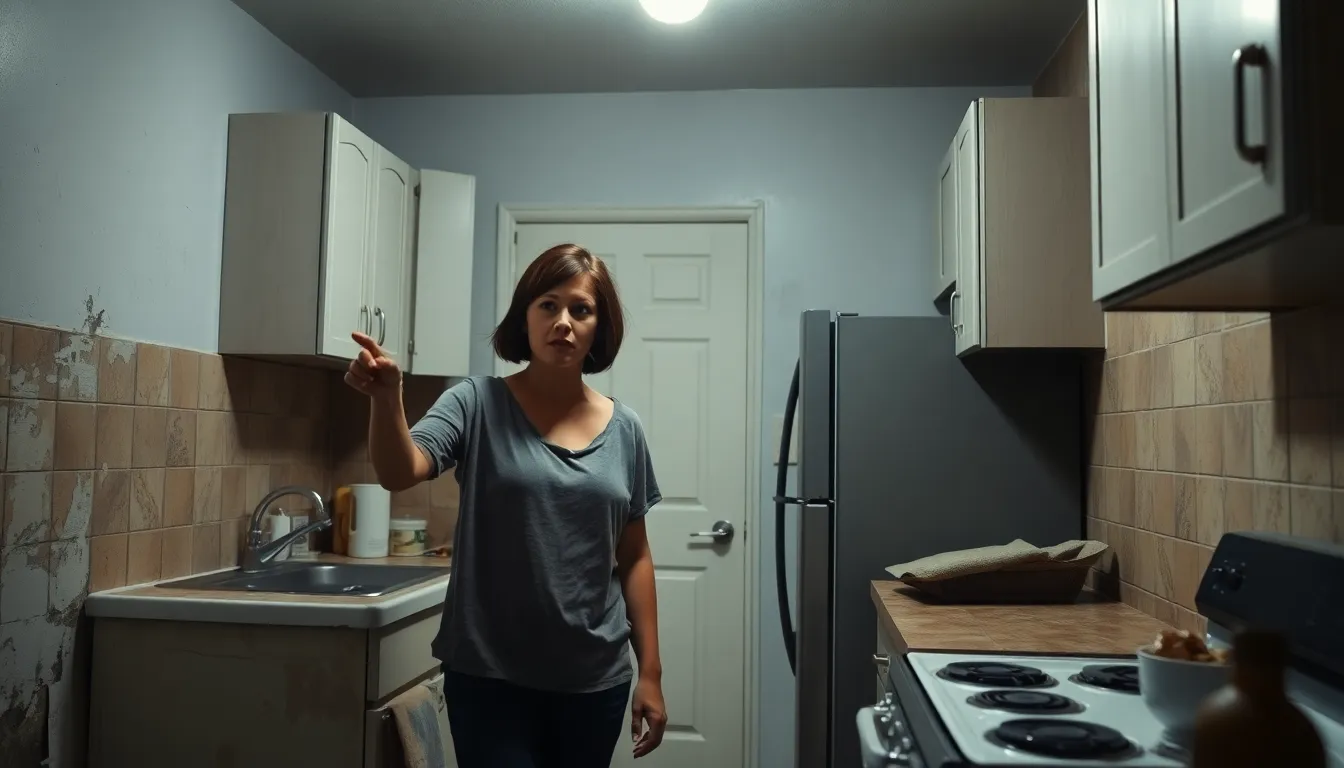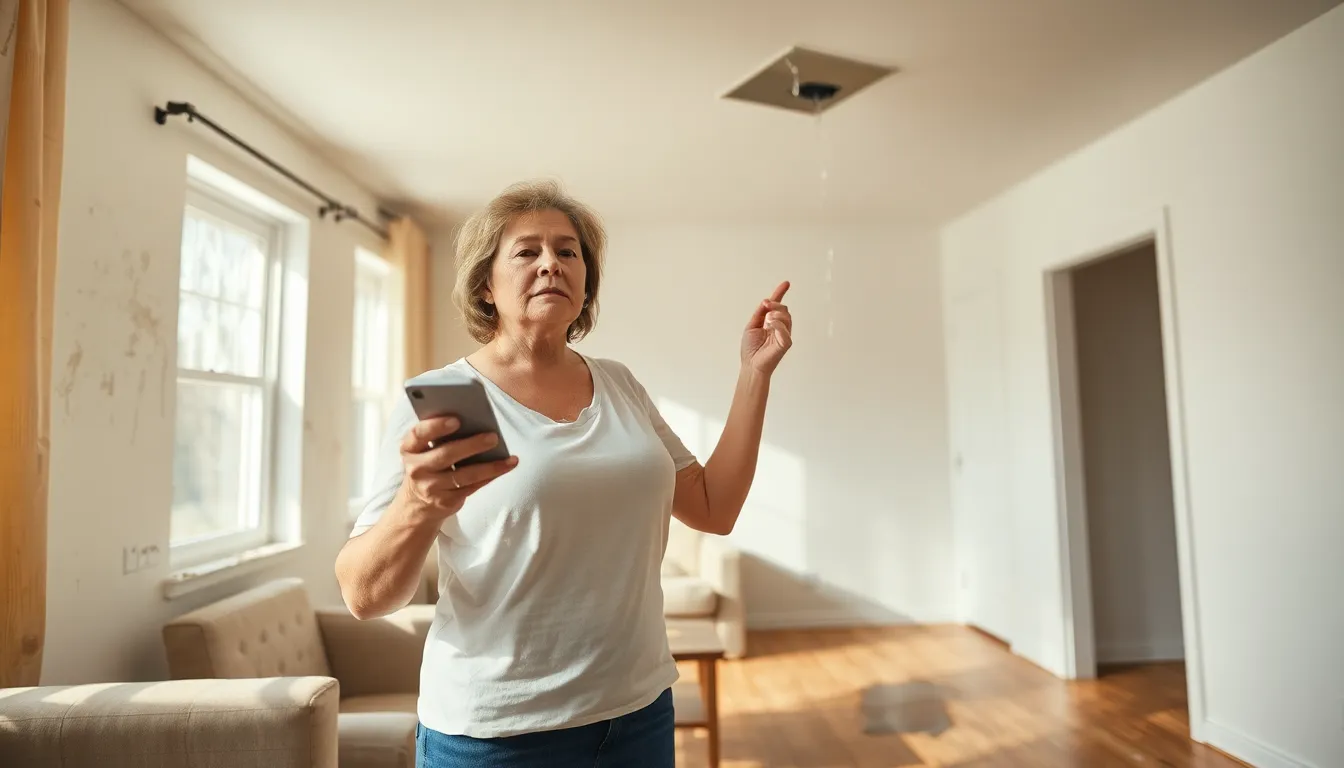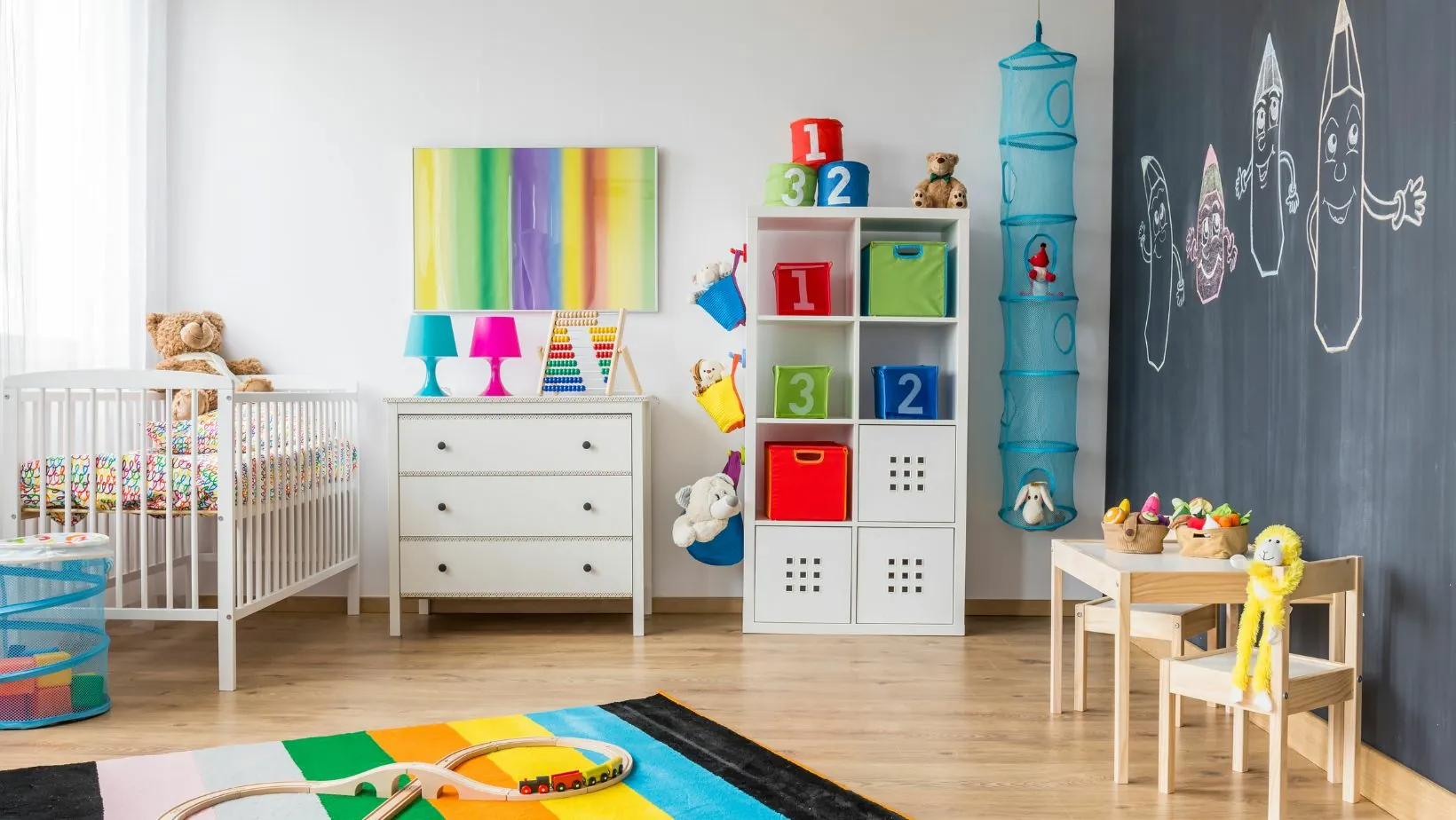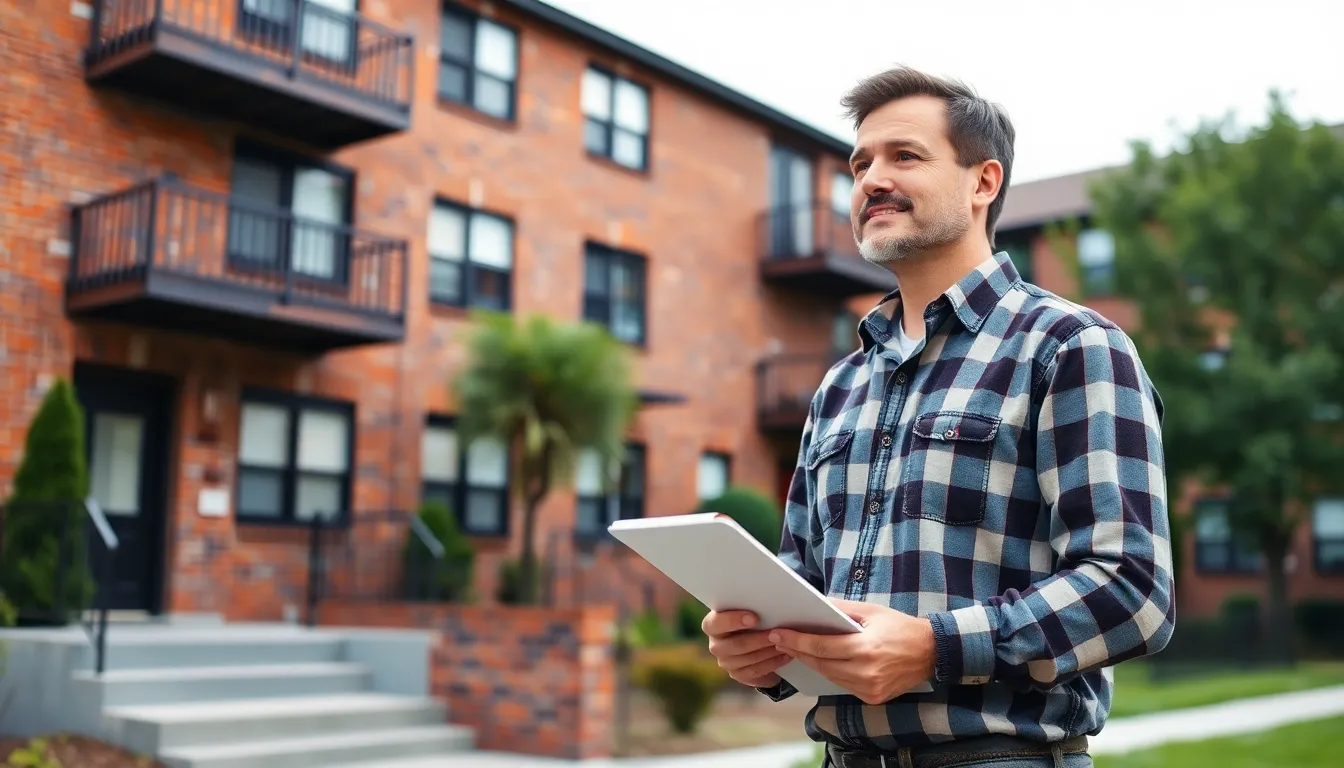Table of Contents
ToggleWhen the roof’s leaking like a faucet and the walls are starting to resemble a scene from a horror movie, it’s time to talk about the habitability complaint process. Every tenant deserves a home that’s safe and livable, not a haunted house experience. Navigating the world of complaints might seem daunting, but it doesn’t have to be a horror story.
Understanding Habitability Complaints
Habitability complaints arise from tenants experiencing issues that affect their living conditions. Understanding the significance of these complaints is crucial for ensuring safe housing.
Definition of Habitability
Habitability refers to the condition of a rental property meeting health and safety standards. Safe structural integrity, functional plumbing, adequate heating, and proper sanitation contribute to a property being habitable. Local laws may define these requirements, enforcing a landlord’s responsibility to provide a livable environment. Properties failing to meet these standards can prompt tenants to file habitability complaints.
Importance of Habitability Standards
Habitability standards protect tenant rights to a safe living environment. These standards ensure landlords maintain properties and address issues such as mold, pests, and electrical hazards. Following these regulations contributes to public health and safety. Tenants deserve to live without fear of danger related to their housing conditions. Meeting these standards promotes a healthier community, encouraging landlords to invest in property upkeep and ensuring that housing remains viable and welcoming for everyone.
Steps in the Habitability Complaint Process

The habitability complaint process involves several critical steps for tenants experiencing unsafe living conditions. Following these steps ensures issues are properly addressed and resolved.
Identifying Habitability Issues
Recognizing habitability issues comes first. Tenants should assess their living environment for problems like water leaks, mold, pest infestations, and inadequate heating. After identifying these issues, it’s important to understand that they must meet specific health and safety standards. Compliance with local building codes and health regulations forms the basis for determining habitability. These standards play a key role in ensuring that homes remain livable for tenants.
Documenting Complaints
Documenting complaints effectively supports tenants in the process. Comprehensive records of issues must include photographs and written descriptions of the problems. Keeping notes on communication with the landlord also strengthens the case. A timeline of events shows when issues arose and any attempts made to resolve them. This documentation becomes essential if further action needs to be taken, such as involving local authorities or pursuing legal remedies.
Notifying the Landlord
Notifying the landlord is a crucial step in initiating the complaint process. Tenants should present their documented complaints in writing. Sending a formal notice outlining the specific habitability issues provides clarity and serves as an official record. It’s beneficial to set a reasonable deadline for a response or resolution. Ensuring clear communication fosters a productive dialogue, encouraging the landlord to take swift action to address the problems.
Legal Framework Surrounding Habitability
The legal framework surrounding habitability plays a crucial role in ensuring safe living conditions. It establishes guidelines that protect tenants from unsafe or unhealthy environments.
Local Laws and Regulations
Local laws and regulations govern housing habitability standards. Each jurisdiction sets specific requirements concerning areas like pest control, plumbing, and heating. For instance, many municipalities mandate functional heating systems during winter months. Regulations often define what constitutes a livable space. Failure to maintain these conditions can result in penalties for landlords. Tenants should familiarize themselves with local codes to better understand their rights. Resources like local housing authorities or tenant unions provide valuable information. Understanding these laws empowers tenants to take action when necessary.
Tenant Rights and Responsibilities
Tenant rights ensure safe and sanitary living conditions. Under general law, tenants can expect their rental properties to be safe without hazards like mold or pests. Responsibilities also play a significant role in the habitability equation. Tenants must report issues promptly to landlords to begin the complaint process. Documentation of problems strengthens a tenant’s case. Being proactive in communicating concerns supports a collaborative approach to resolving issues. Failure to report problems may compromise rights under housing regulations, emphasizing the need for timely communication. Knowing these rights and obligations ensures tenants advocate effectively for their well-being.
Common Challenges in the Complaint Process
Tenants often encounter challenges during the habitability complaint process, which can complicate resolution efforts. Addressing these issues promptly is crucial for maintaining livable conditions.
Delays in Response
Landlords may respond slowly to complaints, prolonging resolution. Such delays can lead to worsening living conditions, affecting tenant health and comfort. Tenants should consider following up with reminders, as this keeps the issue on the landlord’s radar. Documenting all communications ensures a record of attempts to address problems, strengthening their case if further action is necessary. Effective communication is important during this period, aiming for clarity and persistence in seeking timely responses.
Retaliation by Landlords
Some landlords may retaliate against tenants for filing habitability complaints. Actions like increased rent, eviction notices, or harassment often occur in these situations. Legal protections exist to shield tenants from retaliation, making it critical for them to document any negative actions taken by landlords following a complaint. Understanding local tenant protection laws helps individuals navigate this risk. Seeking assistance from local tenant advocacy groups may provide further guidance and support in handling such retaliation effectively.
Best Practices for Navigating the Process
Navigating the habitability complaint process involves several best practices that can significantly improve outcomes. Following these guidelines helps tenants advocate effectively for their rights.
Keeping Records
Documenting issues is crucial for tenants. Comprehensive records create a clear timeline of complaints and responses. Photographs of hazards such as leaks or mold provide visual evidence. Written descriptions detailing issues and dates enhance clarity. Notes on all communication with the landlord serve as an official record. Organizing these documents allows tenants to present a strong case. Ensuring all evidence is accessible during discussions can lead to quicker resolutions.
Seeking Mediation or Legal Assistance
Mediation offers a collaborative approach to resolving disputes with landlords. Tenants can engage third-party mediators who facilitate communication. This method often leads to satisfactory agreements without escalating tensions. If mediation fails, pursuing legal assistance becomes essential. Attorneys specializing in housing law provide guidance concerning local regulations. They can help tenants understand their rights and the complaint process. Legal support ensures that necessary actions comply with current housing laws.
Navigating the habitability complaint process can feel daunting but it’s essential for ensuring a safe living environment. By understanding the steps involved and knowing their rights, tenants can effectively advocate for themselves. Keeping thorough documentation and maintaining open communication with landlords are crucial strategies.
When faced with challenges like delayed responses or potential retaliation, tenants should remain vigilant and seek support from local advocacy groups. With the right approach and resources, tenants can not only address their immediate concerns but also contribute to a healthier community overall. Prioritizing habitability standards empowers tenants to create safer homes for themselves and their families.








